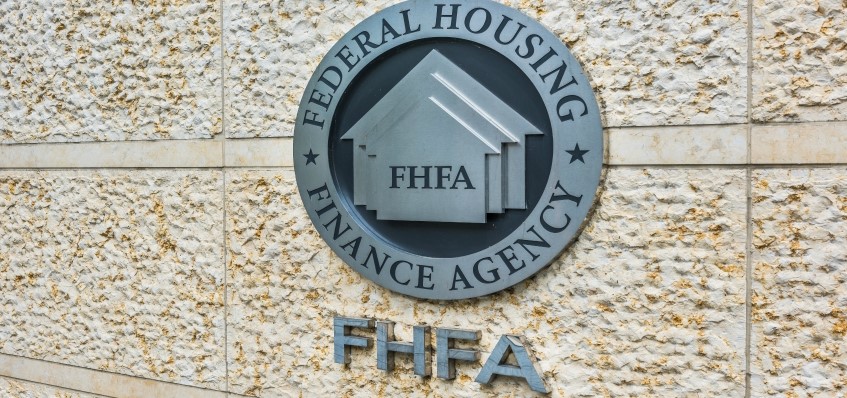
Andriy Blokhin
The FHFA released the Annual Housing Report for the 2018 calendar year that provides an evaluation of the performance of Fannie Mae and Freddie Mac (the Enterprises) in meeting a number of goals and objectives. The release of this report comes just days after the Agency’s release of their New Strategic Plan and Scorecard for Fannie Mae and Freddie Mac.
Specifically, the Report includes an assessment of performance of the Enterprises in meeting their affordable housing goals, initiatives undertaken as part of the Scorecard, progress under their Duty to Serve initiatives and the level of funding contributed towards the National Housing Trust Fund and the Capital Magnet Fund. The Report states that each Enterprise successfully met all of the objectives and includes a letter that was sent by FHFA to Fannie Mae and Freddie Mac.
The housing goals for each Enterprise established the minimum number of low-income, very low-income and small, multifamily low-income units that each were to purchase. As the table below shows, each Enterprise easily exceeded the minimum number:
Multifamily Housing Goals for 2018 |
||||
| Fannie Mae | Freddie Mac | |||
| Benchmark | Performance | Benchmark | Performance | |
| Low-Income MF Goal | 315,000 units | 421,813 units | 315,000 units | 474,062 units |
| Very Low-Income MF Subgoal | 60,000 units | 80,831 units | 60,000 units | 105,612 units |
| Small MF Low-Income Subgoal | 10,000 units | 11,890 units | 10,000 units | 39,353 units |
The report confirmed that the Enterprises met the parameters of the production caps for multifamily purchases as defined in the 2018 Scorecard. Fannie Mae total finance activity for 2018 was $65.4 billion – with $35.6 billion excluded from the production cap of $35 billion resulting in $29.8 billion of purchases within the cap. For Freddie Mac, the total finance activity was $77.5 billion – with $44.9 billion excluded from the production cap resulting in $32.6 billion within the cap.
Progress on Duty-to-Serve was most noteworthy in the amount of small loan purchases each Enterprise made, financing of HUDs Rental Assistance Demonstration (RAD) program and investments in Low-Income Housing Tax Credit (LIHTC) properties in rural areas. As part of their entrance back into LIHTC equity, Fannie Mae invested $118 million in 42 properties and Freddie Mac invested $72.8 million in 17 properties.
Finally, the Enterprises contributed a combined $366.7 million towards the Housing Trust Fund and the Capital Magnet Fund.
NMHC and NAA have been actively following and reporting on this issue. To see our recent articles on GSEs and Housing Finance Reform, please visit our advocacy webpage.
Related Articles
- Joint Trades Coalition Letter to Department of Treasury Applauding Pause of CTA
- Coalition Letter to HUD on DSCR and LTC
- NMHC-NAA Comment Letter to FHFA on FHLBank System
- NMHC-NAA Comment Letter to House Committee on Small Business on Beneficial Ownership Rule
- NMHC-NAA Statement for Senate Banking Hearing on Oversight of Federal Housing Regulator




